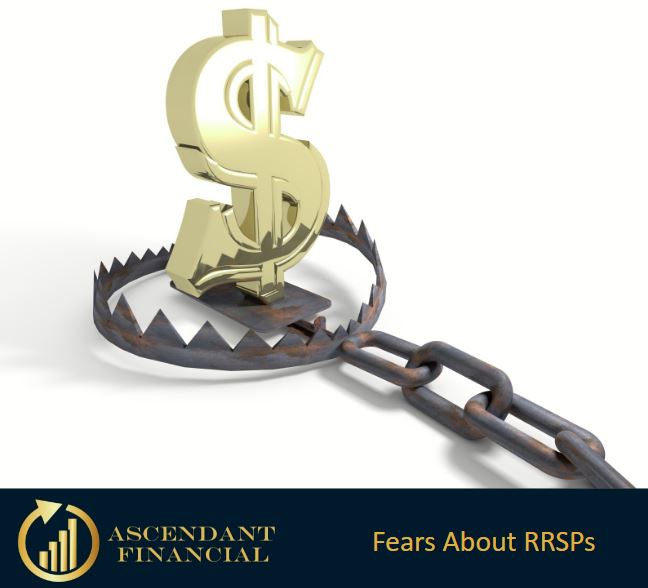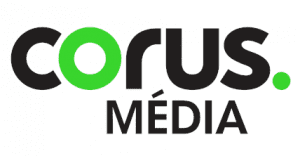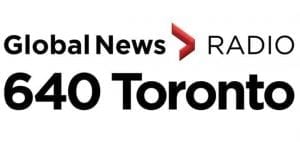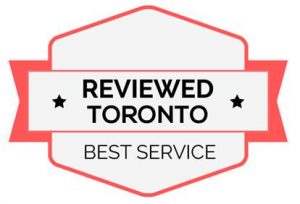When most people listen to the word “RRSP,” they think of “retirement.” Popular media is filled with information about retirement savings, and most professionals recommend that everyone start saving at least 20% of their income. This means that many individuals face an important decision: when to start saving for retirement?
The truth is, every person has their own needs when it comes to retirement planning. An RRSP is just one option for saving for your future financial security – and not everyone may view it as advantageous as the media have made out to it. Consequently, they end up failing to use it as they should or, even worse, get caught into the trap of the RRSP program and have huge tax bills later in life due to poor planning and a lack of understanding of how much they are tax will need to be paid.
It's important to know what the main fears of Canadians are about RRSPs to be prepared and well-informed when it comes time to make decisions about your retirement planning.

Common Fears Associated With RRSPs:
For people who are already struggling to get by, the idea of setting aside a certain percentage of income can seem daunting. However, with a few smart choices, this is a problem that can be easily overcome.
There are hundreds of different investments out there, and some are riskier than others. One of the most common fears surrounding RRSPs is that a person will lose all of their money. While this is possible, with the right plan and the proper guidance, it is relatively rare.
When should I start saving? This is one of the most common questions people have about RRSPs and other savings vehicles; how young is too young? There is no such thing as being to young to save and to develop strong saving discipline and habits. These habits will be the key to a successful financial future. It's never too early to start saving, but it can become more difficult as you get older and take on more responsibilities in life.
Many people in today's economy have a lot of debt, and often they use their RRSPs to pay it off. But, unfortunately, they don't realize that this leaves them high and dry at retirement as they give up the time to earn more capital. Of course, it doesn't mean keeping the debt is good wither, but there may be more strategic ways to get the debt paid and still have money growing to your benefit. Consider, for example, the debt recapturing strategy that is available by Becoming Your Own Banker.
This is the single greatest fear. The fear of the tax bill gets Canadians caught into the RRSP trap, to begin with. But the biggest issue many are finding is just how much tax they will have to hand over when they finally need to access their money or start using it as a source of income. You can be penalized heavily with more taxation if you are in a higher income tax bracket than when you put the money in. And it turns out that tax rates overall have been rising to accommodate the vast amount of Canadian debt and government spending. So be wary of programs that trap your money up for long periods and place handcuffs and restrictions on how you can access your money later.
To be successful with money, people need to overcome their common fears. Then they need to spend time to get more education and choose a financial path that is truly in alignment with their goals. Unfortunately, your RRSP may not be the right tool for you to accomplish your true objectives. By doing this, you'll make sure that once retirement comes around, your money is in the right place.
For further assistance regarding your RRSPs, contact Ascendant Financial today and speak with someone from our team of Financial Advisors.








©2023 Ascendant Financial All Rights Reserved | Terms & Privacy Policy | DMCA
© 2023 Ascendant Financial Inc. All rights reserved.
The supporting material, audio and video recordings and all information related to Introduction to Becoming Your Own Banker, The Infinite Banking Concept (IBC) posted on www.ascendantfinancial.ca and all other Ascendant Financial Inc. websites are designed to educate and provide general information regarding The Infinite Banking Concept (IBC) and all other subject matter covered. It is marketed and distributed with the understanding that the authors and the publishers are not engaged in rendering legal, financial, or other professional advice. It is also understood that laws and practices may vary from province to province and are subject to change. All illustrations provided in these materials are for educational purposes only and individual results will vary. Each illustration provided is unique to that individual and your personal results may vary. Because each factual situation is different, specific advice should be tailored to each individual’s particular circumstances. For this reason, the reader is advised to consult with qualified licensed professionals of their choosing, regarding that individual’s specific situation.
The authors have taken reasonable precautions in the preparation of all materials and believe the facts presented are accurate as of the date it was written. However, neither the author nor the publishers assume any responsibility for any errors or omissions. The authors and publisher specifically disclaim any liability resulting from the use or application of the information contained in all materials, and the information is neither intended nor should be relied upon as legal, financial or any other advice related to individual situations.
Family Banking System (FBS)™ is a trademark of Ascendant Financial Inc. © Ascendant Financial Inc., 2024. All rights reserved. The phrase “Live the Lifestyle, Love the Process, Infinite Banking” is a registered copyright (Registration No. 1209863) with the Canadian Intellectual Property Office. Unauthorized use, reproduction, distribution, or copying of this phrase, in whole or in part, without express written permission from Ascendant Financial Inc. is strictly prohibited. This copyright is protected under Canadian intellectual property laws and regulations. Any unauthorized use is subject to legal action and enforcement under Canadian law. For inquiries or requests for permission to use this copyright, please contact Ascendant Financial Inc.
The Infinite Banking Concept® is a registered trademark of Infinite Banking Concepts, LLC. Ascendant Financial is independent of and is not affiliated with, sponsored by, or endorsed by Infinite Banking Concepts, LLC.”
This content is intended for Canadian residents of BC, AB, SK, MB, ON, NB, and NS only.